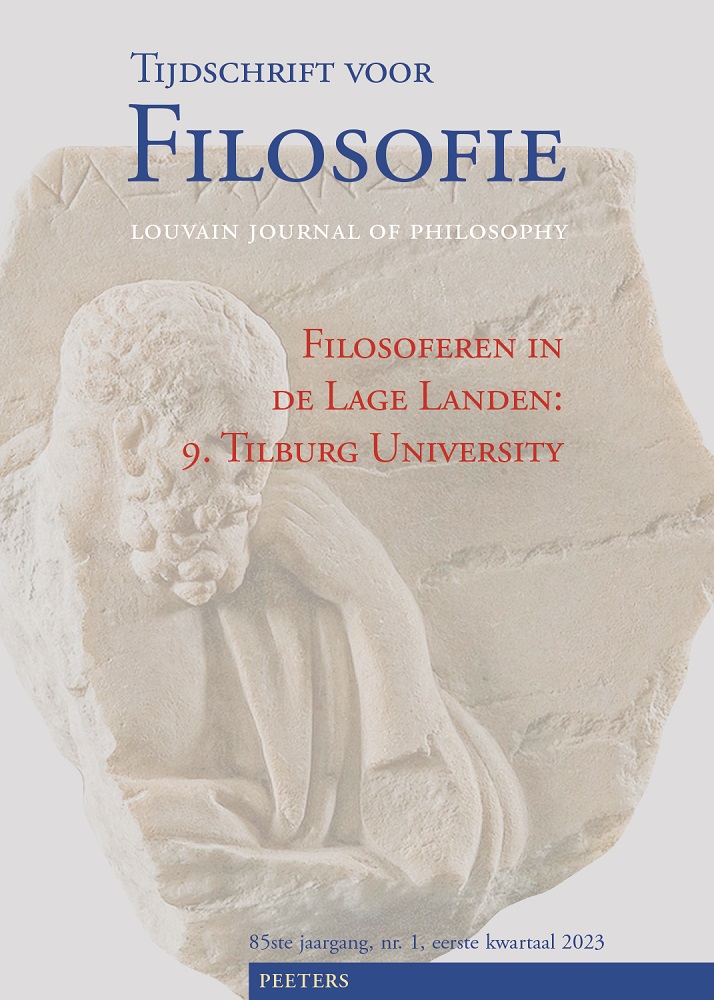 previous article in this issue previous article in this issue | next article in this issue  |

Preview first page |
Document Details : Title: Deleuze and the Simulacrum Subtitle: Between the Phantasm and Fantasy (a Genealogical Reading) Author(s): VILLEGAS VÉLEZ, Daniel Journal: Tijdschrift voor Filosofie Volume: 81 Issue: 1 Date: 2019 Pages: 131-149 DOI: 10.2143/TVF.81.1.3286546 Abstract : In 'Plato and the Simulacrum', Deleuze distinguishes between two types of mimetic images: the icon, which is based on the model-copy relation, and the simulacrum, which is 'a copy without a model'. Behind this well-known distinction, however, lies a previously unexplored distinction between the simulacrum and the phantasm. This article examines Deleuze’s treatment of this distinction in The Logic of Sense (1969), 'Renverser le platonism (les simulacres)' (1966), and Difference and Repetition (1968). This paper presents a genealogical reading of the traditions that inform Deleuze’s account of the simulacrum, from the Freudian, Lacanian, and Kleinian schools of psychoanalysis, to the French rediscovery of Nietzsche by Deleuze and Pierre Klossowski, whose language of phantasms and simulacra directly influenced Deleuze. It is argued that Deleuze makes a strong distinction in The Logic of Sense between the simulacrum and the phantasm as a critique of the psychoanalytic concept of fantasy. In so doing, he reverses Klossowski’s treatment of the phantasm and the simulacrum. The Platonic concept of the simulacrum is thus linked to Nietzschean pathos and to the broader notion of a 'mimetic unconscious'. |
|


